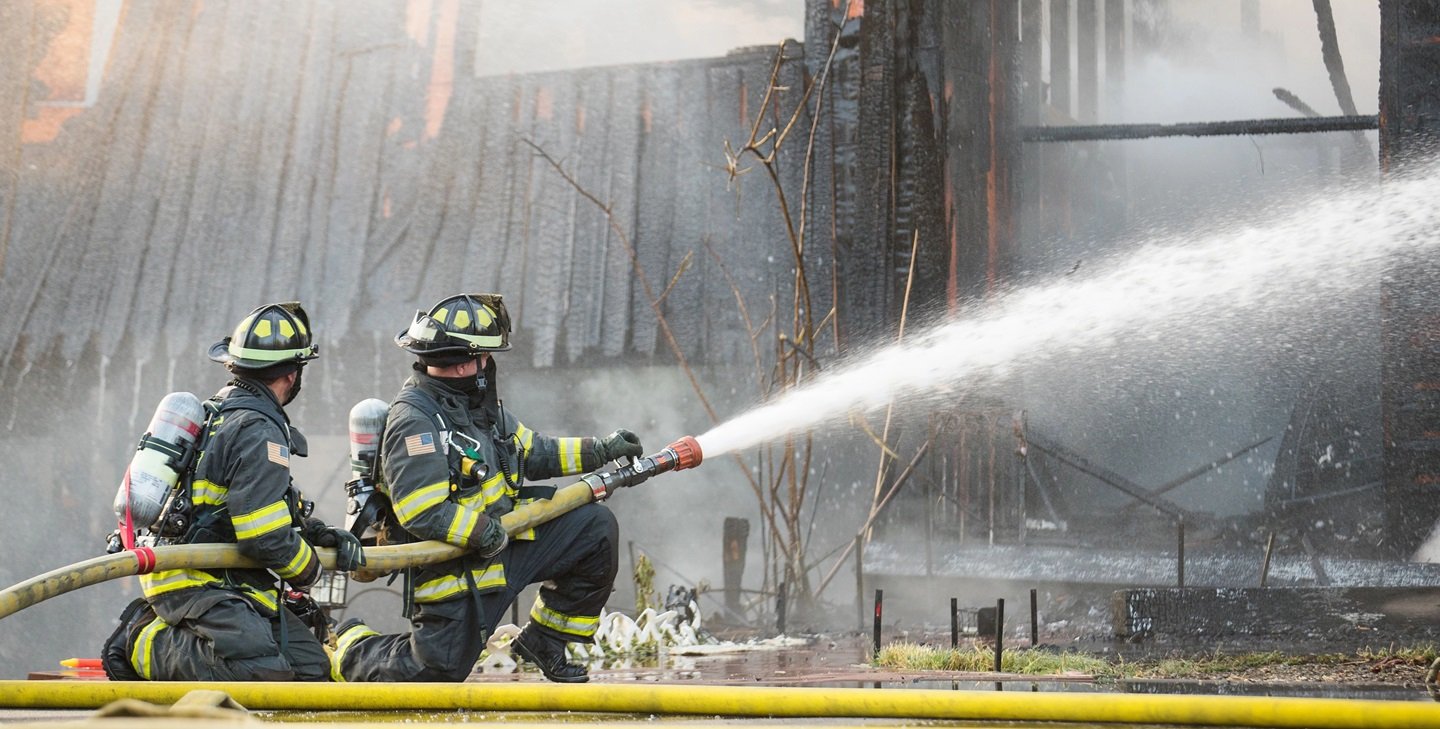A pre incident plan can help save property & protect people
PropertyArticleAugust 9, 2024
Preparing in advance can have long-term benefits for businesses
An unfortunate fact of life for any business is that despite all the investments made to manage risk, reduce losses and protect property and people, a fire can still occur. Good risk management preparation is vital not only to prevent fires, but also to control and limit the damages that might occur. Developing an effective pre-incident plan can help save your property and protect your people from fire or other incidents.
Pre-incident planning should be a joint venture between the fire department and the property management team. A fire officer may be the expert in fire safety and firefighting, but the property management personnel are the experts on the building.
The pre-incident plan must begin with a complete understanding of the construction, occupancy and floor plan of a building. This knowledge will empower firefighters and other emergency response personnel to execute a rapid and effective response and a more positive outcome.
Major components of any pre-incident plan should include:
- The layout of the building and surrounding property, including fire hydrants (locations and fire flow information), building entrances, building key box location, stairs, elevators and roof access
- Pertinent structural features such as building size, height, construction and fire-rated walls
- Description of occupancies including the daytime and nighttime human occupancy loads, the location of occupants with special rescue needs, unoccupied floors or areas, and the location of hazardous materials and processes
- Location of utility shutoffs (electric, gas and water), heating and air conditioning equipment, solar photovoltaic systems (and their rapid shut-down switches) and other alternative power systems (including battery energy storage systems),
- Building fire protection system information, including location of fire alarm panels, sprinklers, standpipes, fire pumps, and fire department connection
Written pre-incident plans must be framed in clear, unambiguous and easy-to-understand language to be as effective as possible. Planning documents must also be readily accessible to fire officials and should be updated on a regular basis. Property owners should periodically consult with local fire department and emergency services officials to communicate material changes to the construction of a building, the configuration of the surrounding property or the building occupancy. A walking tour by members of the local fire department is also a good idea.
A collaborative and ongoing planning process can save lives and property.
